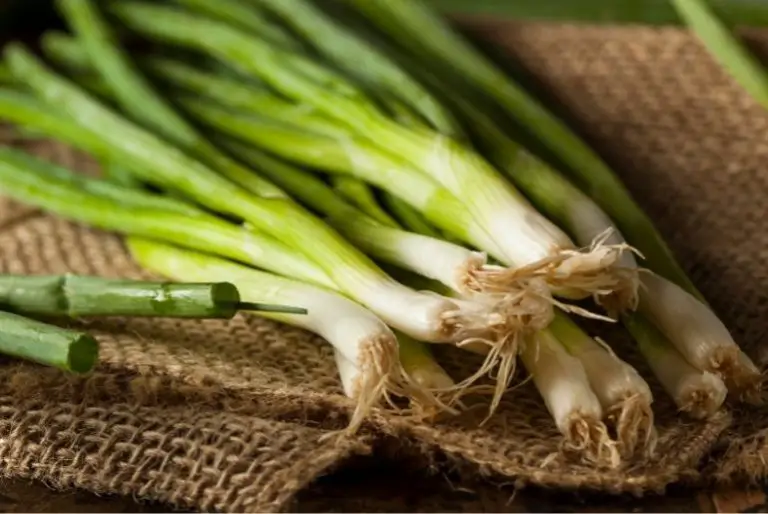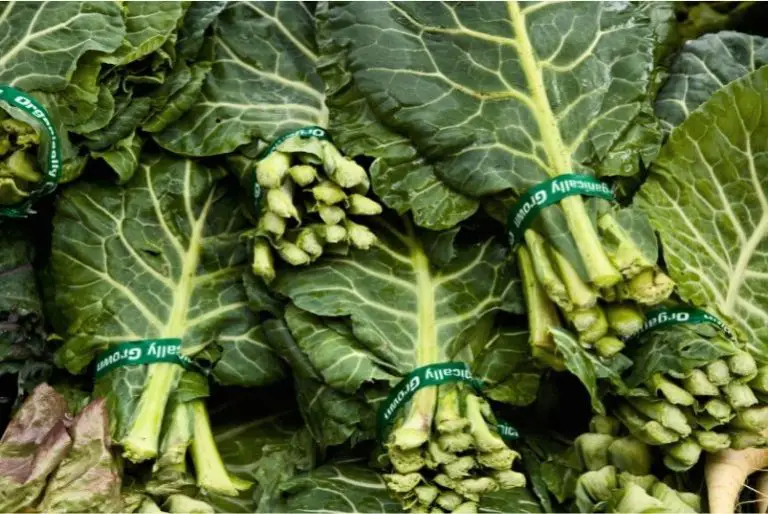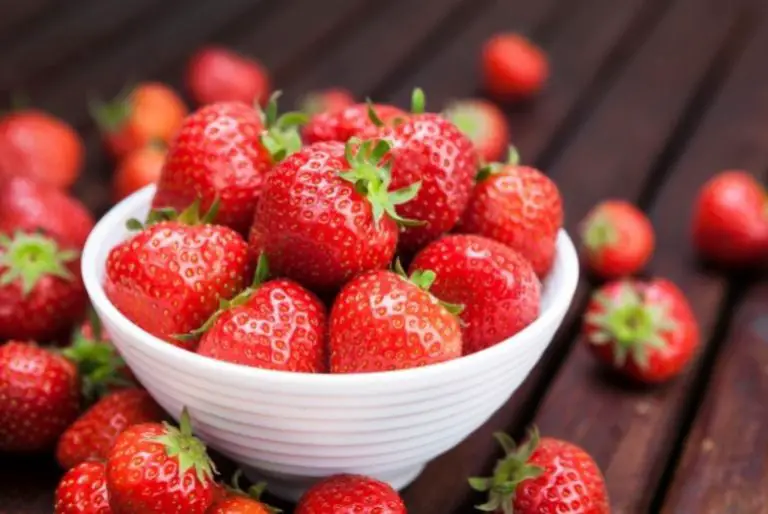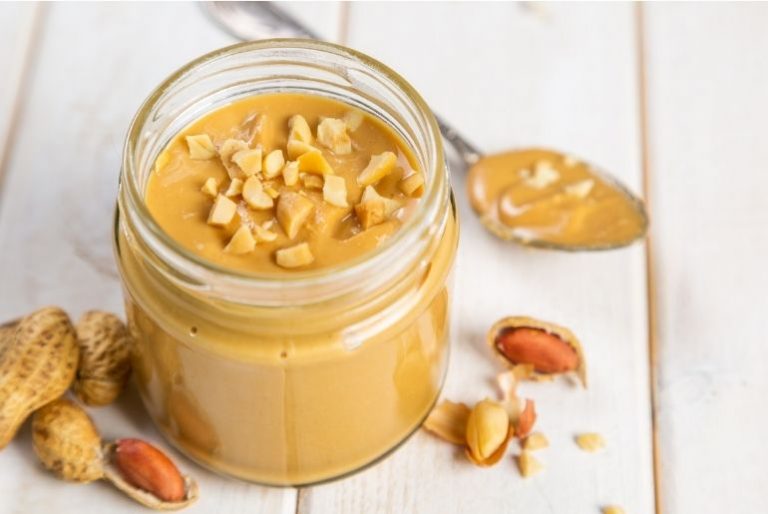Can Guinea Pigs Eat Oranges? [How Much, Benefits, Precautions, and More]
If you’re anything like me, you have oranges on the table all year round. Your Guinea Pigs might get very excited seeing you eating oranges, and you might be wondering, “can Guinea pigs eat oranges?”
Contents
- Can Guinea pigs eat oranges?
- How Much Orange Can Guinea Pigs Eat?
- Can Guinea Pigs Eat Oranges Everyday?
- Are Oranges Benefital For Guinea Pigs’ Health?
- Can Guinea Pigs Eat Mandarine Oranges?
- Can Guinea Pigs Eat Oranges With Other Citrus Fruits?
- Can Guinea Pigs Eat Oranges With Seeds?
- Can Guinea Pigs Eat Orange Peels?
- Can Guinea Pigs Eat Orange Rinds?
- Can Guinea Pigs Eat Orange Skin?
- Can Guinea Pigs Eat Orange Leaves?
- Can Guinea Pigs Eat Bergamot Orange?
- Can Guinea Pig Eat Kumquat?
- Guinea Pig Vitamin C Food List
Can Guinea pigs eat oranges?
Oranges are a healthy and safe snack for Guinea pigs. High levels of vitamin C and fiber in oranges are beneficial for Guinea pigs’ overall health. Feeding oranges to Guinea pigs more than twice a week is not recommended due to a significant amount of citric acid.
How Much Orange Can Guinea Pigs Eat?
This is a never-ending debate between animal lovers, and they seem not to agree on serving sizes.
Feed your Guinea pig one small slice of orange once a week.
Can Guinea Pigs Eat Oranges Everyday?
Owners are confused about whether they can feed oranges to their Guinea pigs or not.
The truth is, Guinea pigs should not eat oranges everyday.
Feeding oranges to Guinea pigs every day could cause serious health problems as a result of the higher citric acid amounts in this fruit.
A strong orange smell can make your Guinea pig sneeze, and it might make some funny faces when it’s eating an orange.
Some Guinea pigs might even run away from an orange, due to orange’s strong scent.
This is normal, and there’s nothing to be worried about.
Are Oranges Benefital For Guinea Pigs’ Health?
Depending on the orange type, vitamins and minerals in this fruit are beneficial for a Guinea Pig’s overall health.
Most owners are aware of a Guinea Pig’s need for vitamin C.
But which type of Orange is the best choice when it comes to vitamin C, but also other vitamins and minerals?
An Orange has better nutritional value than Mandarins, and in my opinion, is a better choice of a snack for Guinea Pigs.
Here is the main difference between an Orange and a Mandarin.
| Vitamins and minerals, and other per 100 grams (0,22 pounds) | Orange | Mandarine |
|---|---|---|
| Vitamin C | 53,2 mg | 26,7 mg |
| Vitamin A | 225 IU | 681IU |
| Vitamin E | 3% | 3% |
| Vitamin B1 | 18% | 12% |
| Vitamin B2 | 8% | 7% |
| Vitamin B3 | 5% | 6% |
| Vitamin B5 | 8% | 7% |
| Vitamin B6 | 12% | 9% |
| Fiber | 2,4 gr | 1,8 gr |
| Sodium | 0% | 1% |
| Iron | 2% | 3% |
| Magnesium | 8% | 9% |
| Phosphorus | 5% | 6% |
| Calcium | 12% | 12% |
| Zinc | 2% | 2% |
| Copper | 7% | 7% |
| Potassium | 16% | 15% |
| Sugars | 8g | 7,8g |
| Calories | 47 | 53 |
The main difference between these two fruits is an Orange having more vitamin C, and Mandarin having more vitamin A.
Which fruit you decide to feed as a snack to your Guinea pig, is a personal preference.
Both types of oranges can be beneficial for your Guinea pig in small amounts.
Can Guinea Pigs Eat Mandarine Oranges?
Mandarins are safe fruit for a Guinea pig.
One slice of mandarin per week is a good amount to feed your Guinea pig.
Mandarins are similar to oranges, widely available, and easy to peel.
One difference between Oranges and Mandarines is calories. Mandarines are more caloric than oranges.
This type of orange is usually sweeter than a regular orange, but much smaller in size.
Since it’s so easy to peel and to divide it into slices without cutting, some owners will instead feed mandarine than orange to a Guinea pig.
Mandarines, like oranges, are a great source of vitamins and minerals.
According to the University of California, there are over 160 mandarin varieties.
Can Guinea Pigs Eat Tangerines?
Tangerines are safe fruit for Guinea pigs.
What is a tangerine? Tangerine is a type of mandarin orange. They have thinner and looser skin, which makes them easier to peel.
One benefit of Guinea pigs eating tangerines instead of oranges is a higher amount of vitamin A.
Can Guinea Pigs Eat Clementines?
Clementines are a safe snack option for a Guinea pig.
What is Clementine? This type of mandarin is the smallest of them all.
Clementines are seedless, very sweet, and have smooth and shiny red-orange skin.
Since they are easier to peel than tangerines, it might be the first snack option for some Guinea pig owners.
What are other names for Clementine?
- sweeties
- cuties
A lot of owners will confirm that their Guinea pigs love eating clementines.
Can Guinea Pigs Eat Satsumas?
Satsumas are safe for Guinea Pigs.
What are Satsumas? You might have heard the word Satsuma before, but you’re not sure what this fruit is.
This is a specific kind of Mandarines, and it’s easiest to peel the skin out of all mandarines and orange types.
Despite the fact that Satsumas are the easiest to peel, they are not easy to find in grocery stores.
Satsumas are seedless and would be the right choice for a Guinea pig’s snack if you can find it in a food store.
Can Guinea Pigs Eat Oranges With Other Citrus Fruits?
Citrus fruits, as the name “citrus” suggests, are packed with citric acid.
That’s what makes these fruits sour.
Feeding Guinea Pigs more than one citrus fruit at a time, and in the same meal is not recommended.
This combination would be too much for the Guinea pig’s digestive system.
Some citrus fruits contain more acid than others, but it’s safer to combine oranges with healthy vegetables.
What Other Citrus Fruits Can Guinea Pigs Eat?
It’s important to mention that citrus fruit is not the best choice for a Guinea pig’s snack despite vitamin C.
While many owners do feed their Guinea pigs with these fruits, others are widely avoiding it.
Here are some most common citrus fruits:
| lemon, lime, tangerine, clementine, satsuma, mandarine, grapefruit, pomelo |
If you do decide to feed it to your Guinea pig, be careful with the amounts.
One small slice a week is enough for these small animals.
The best practice is to pick one fruit and keep another for next week’s snack.
Can Guinea Pigs Eat Oranges With Seeds?
The size of an orange seed can be a problem for Guinea Pigs.
Remove seeds from orange before feeding it to your Guinea pig.
Some oranges are seedless which makes it even safer for Guinea Pigs to eat.
Can Guinea Pigs Choke On Orange Seeds?
Orange seeds can be a choking hazard for Guinea pigs. The size of a seed is too big compared to a Guinea pig’s throat.
Guinea pigs have a hard time to regurgitate the food that is stuck in their throats. This means Guinea pigs can’t bring the seed back to its mouth.
Seeds are easy to remove, and there might not be any in the slice of orange. To be on the safe side, it’s better to remove it than risk choking.
What Are Possible Signs Of Acid Poisoning?
If it ever happens that your Guinea pig eats too much orange, here are the signs of acid poisoning:
- Ulceration in the mouth
- Drooling
- Difficulty swallowing
- Refusal to eat
- Squinting of the eyes
- Redness of the exposed area
- Black coloration of the exposed skin or tissue
- Difficulty breathing
- Vomiting
Can Guinea Pigs Eat Orange Peels?
Like other parts, orange peel is a good part of an orange, and it’s safe for your Guinea pig to eat it.
In fact, some Guinea pigs will eat only orange peels, and not the palp part.
While one of your Guinea pigs will love it, others might just try it and spit it out.
Orange peel also contains good amounts of provitamin A, folate, riboflavin, thiamine, vitamin B6, and calcium.
healthline.com
Some Guinea pigs will never like it, and some of them might get used to it.
Don’t force your Guinea Pig to eat orange peels. You can offer it, but if Guinea doesn’t like it, just leave it out of its diet.
If your Guinea pigs do likes this part of an orange, don’t feed it more than twice a week in a small amount.
Can Guinea Pigs Eat Orange Rinds?
Yes, Guinea pigs can eat orange rinds. Not every Guinea pig likes an orange rind, though.
What are orange rinds?
Orange rind also called orange zest is the colored outer skin peeled from the fruit orange. Once it is peeled, it releases instant aroma around the surroundings. It is due to the essential oils that are in the zest. Orange rind shouldn’t be confused to the underlying white portion of the peel.
food.ndtv.com
Can Guinea Pigs Eat Orange Skin?
Guinea pigs can eat orange skin.
Orange skin contains vitamin C, vitamin A, several B vitamins, calcium, and other elements.
All these can be good for your Guinea pig.
This part of orange might not be a favorite part to all Guinea pigs.
Can Guinea Pigs Eat Orange Leaves?
According to some owners, Guinea pigs can certainly eat orange leaves.
Orange leaves should be a special snack, once in a while, given fresh. The best practice is to provide them with one fresh leaf as a special treat. Wash the leaf before offering it to your Guinea pig.
While leaves certainly contain nutrients, they may cause health problems if eaten in a higher amount.
Can Guinea Pigs Eat Bergamot Orange?
According to ASPCA, bergamot orange is toxic to other pets, but there is no reliable source of Bergamot Orange being toxic to Guinea pigs.
This type of orange is believed to be a mix of bitter orange and lemon.
Since this fruit is most likely a hybrid of lemon and orange, logically thinking it shouldn’t be poisonous to Guinea pigs.
However, it’s also very high in citric acid, so it would most likely be too acidic for Guinea pigs.
It’s always better to stay away from these types of fruits. There are definitely safer choices of citrus fruits, proven by Guinea pig owners to be a good, and healthy treat.
Can Guinea Pig Eat Kumquat?
Guinea pigs can eat Kumquat as a very occasional treat.
Kumquat looks like miniature orange, and also contains vitamins and minerals.
Despite this fruit being small (similar size to grape tomatoes), the seeds can be fairly big. To make it safe for your Guinea pig, remove the seed before feeding.
This citrus fruit is rare and hard to find, but if you happen to have it— give it to your Guinea pig once a month, one piece of Kumquat with the skin.
Guinea Pig Vitamin C Food List
Many fruits and vegetables contain vitamin C and can be a good source of this vitamin other than oranges.
What other than oranges is a good source of Vitamin C, safe for your Guinea pigs to consume?
| Fruits | Vegetables |
|---|---|
| Cherries | Sweet yellow peppers |
| Blackcurrants | Sweet red peppers |
| Kiwi | Mustard spinach |
| Lemon | Kale |
| Strawberries | Broccoli |
| Papayas | Brussels sprouts |
| Pineapple | Parsley |
| Mango | Kohlrabi |
| Blackberries | Carrots |
| Blueberry | Tomatoes |
Fruits should be only given as sweet treats, so despite the vitamin C content, they should be fed to Guinea pigs in small amounts in moderation.
Vegetable roots and leafy greens are either staple food or veggie snacks. While some of them can be every day food, other ones should only be a snack.
Most fruits and vegetables contain a fair amount of vitamin C. If you’re not sure if your Guinea pig should be eating it, better to choose a safe type, even if it’s lower in vitamin C.

![Can Guinea Pigs Eat Celery? [Including Stalk, Leaves & Root]](https://petcoddle.com/wp-content/uploads/2022/07/Can-guinea-pigs-eat-celery-768x514.jpg)




